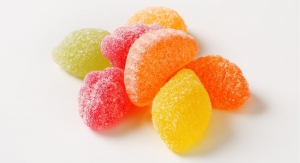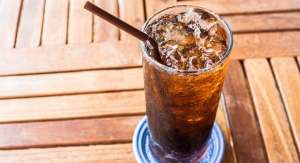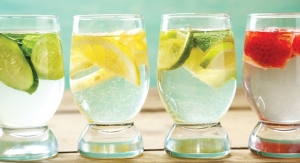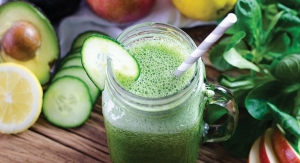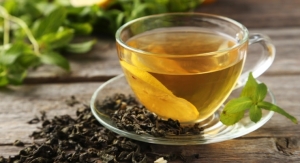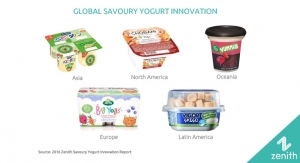03.28.17
Global consumption of iced tea increased 5% in 2016 to 37 billion liters, according to a report from food and drink consultancy Zenith Global. Iced tea's growth has been well above the soft drinks average over the past five years and is expected to continue this momentum, exceeding 45 billion liters by 2021.
"Tea is renowned for being healthy and refreshing. Ready-to-drink iced tea delivers added variety and convenience," commented Zenith Chairman Richard Hall.
Across all regions, greater product variety has been a vital element in developing sales. Innovation themes encompass new products, reformulations, an expanding range of flavors, different tea types, functional benefits, sweetness options and all kinds of pack types and sizes.
North America and Europe, which between them account for 24% of global consumption, have created opportunities for less sweet tastes, with new blends coming to the fore. Reduced sugar content and new tea types, such as matcha, kombucha and yerba mate, have spurred extra interest in the category, as has a move toward natural, organic and fair trade ingredients.
In Asia-Pacific, the leading region for iced tea sales, functionality remains at the forefront of innovation, focusing on digestive, heart and skin health—the latter especially popular among young consumers. In Asian countries, there is also mounting interest in niche tea types as well as premium products. In Pacific countries, innovation is more aligned with trends in the West.
Having emerged more recently, the markets in Latin America and the Middle East are being propelled by iced tea's image as a healthy alternative to carbonated soft drinks. Key trends include the introduction of familiar fruit flavors and new pack sizes, as well as low sugar options.
"Ready to drink tea is the biggest of the emerging soft drinks categories by volume growth. It is also remarkable for the extraordinary range of choice now being offered," Mr. Hall concluded.
The 2017 Zenith RTD Tea Innovation Report provides analysis of global and regional market dynamics and trends, featuring profiles of 115 brands launched between 2014 and 2017. For more information: insight@zenithglobal.com.
"Tea is renowned for being healthy and refreshing. Ready-to-drink iced tea delivers added variety and convenience," commented Zenith Chairman Richard Hall.
Across all regions, greater product variety has been a vital element in developing sales. Innovation themes encompass new products, reformulations, an expanding range of flavors, different tea types, functional benefits, sweetness options and all kinds of pack types and sizes.
North America and Europe, which between them account for 24% of global consumption, have created opportunities for less sweet tastes, with new blends coming to the fore. Reduced sugar content and new tea types, such as matcha, kombucha and yerba mate, have spurred extra interest in the category, as has a move toward natural, organic and fair trade ingredients.
In Asia-Pacific, the leading region for iced tea sales, functionality remains at the forefront of innovation, focusing on digestive, heart and skin health—the latter especially popular among young consumers. In Asian countries, there is also mounting interest in niche tea types as well as premium products. In Pacific countries, innovation is more aligned with trends in the West.
Having emerged more recently, the markets in Latin America and the Middle East are being propelled by iced tea's image as a healthy alternative to carbonated soft drinks. Key trends include the introduction of familiar fruit flavors and new pack sizes, as well as low sugar options.
"Ready to drink tea is the biggest of the emerging soft drinks categories by volume growth. It is also remarkable for the extraordinary range of choice now being offered," Mr. Hall concluded.
The 2017 Zenith RTD Tea Innovation Report provides analysis of global and regional market dynamics and trends, featuring profiles of 115 brands launched between 2014 and 2017. For more information: insight@zenithglobal.com.


